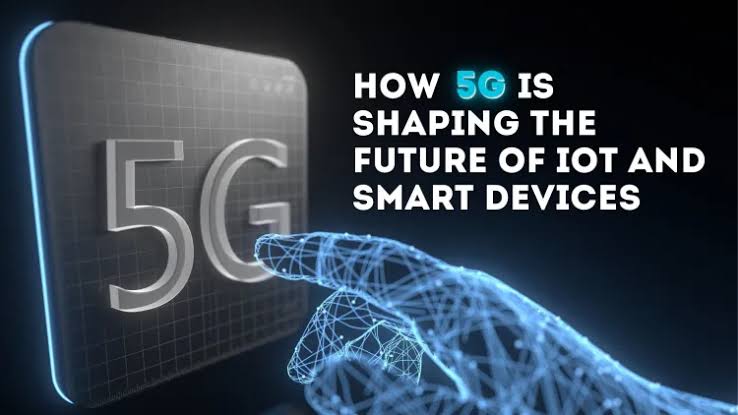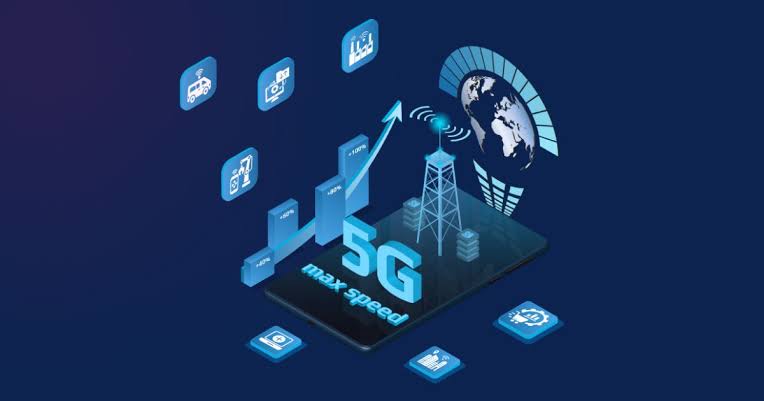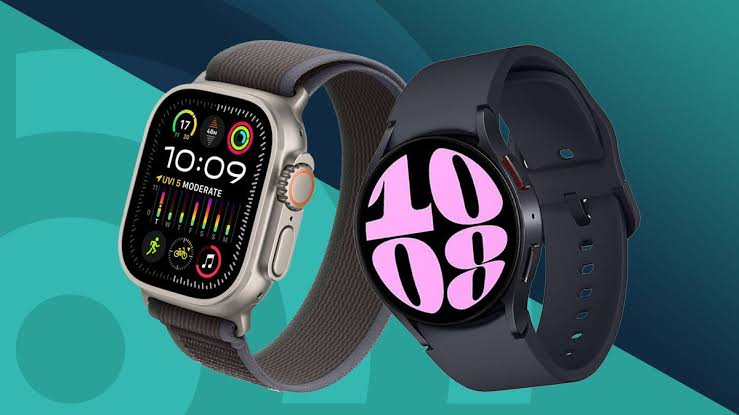The introduction of 5G technology marks a turning point in the evolution of smart gadgets. By 2025, the global rollout of 5G has significantly expanded, enabling faster data transfer, lower latency, and more stable connectivity across multiple devices. For smart gadgets—ranging from wearable fitness trackers and smart home assistants to connected appliances and AI-powered toys—this advancement represents a leap forward in functionality, responsiveness, and integration.
As consumers demand more seamless digital experiences, 5G has created the infrastructure needed for smart gadgets to become more intelligent, autonomous, and efficient. The synergy between 5G and smart technology is not just about speed—it is about enabling complex, real-time interactions between devices and the cloud, unlocking a new era of innovation.
Ultra-Fast Speeds Transforming Real-Time Interactions
One of the core advantages of 5G is its unparalleled data speed. Smart gadgets that previously relied on limited 4G bandwidth can now handle high-definition data streams and updates in real time. This has significantly improved the responsiveness and interactivity of devices.
For instance, voice-activated assistants like Alexa, Siri, and Google Assistant now deliver responses with near-zero delay. Smart TVs can stream ultra-HD content without buffering, and gaming gadgets such as VR headsets or handheld consoles offer smoother online play. Faster speeds also mean updates and security patches are downloaded quicker, keeping devices secure and up to date without interrupting usage.
Reduced Latency Enables Smoother User Experiences
Latency—the time it takes for a signal to travel from the device to a server and back—is crucial for real-time applications. With 5G reducing latency to as low as 1 millisecond, smart gadgets can now function with remarkable smoothness.
Devices like smart doorbells, surveillance cameras, and baby monitors benefit the most. These tools now offer real-time video feeds without lag, enhancing user confidence and safety. The same applies to smart medical gadgets, such as remote glucose monitors or heart rate sensors, which can now send instant alerts to caregivers or health providers.
In the gaming and AR/VR industries, low latency has enabled more immersive and realistic experiences. Movements are captured and translated with minimal delay, creating smoother, more responsive environments for users.
Greater Device Connectivity in Smart Ecosystems
Another major impact of 5G is its ability to support a massive number of connected devices simultaneously. In a typical home or workplace today, users rely on dozens of smart gadgets operating in tandem. With 5G, these ecosystems are becoming more coherent and efficient.
For example, in smart homes, everything from thermostats and lighting to refrigerators and washing machines can communicate in real time with each other. With more bandwidth and smarter routing protocols, users can control all connected devices seamlessly through one interface, with no performance lags.
This advancement also benefits smart cities and industrial environments, where thousands of sensors, meters, and automated systems must work in synchrony. 5G ensures these connections remain stable, even in densely populated areas.
Enhanced Portability and Remote Access
Because 5G offers broader coverage and faster mobile connections, smart gadgets are no longer confined to fixed locations. Devices can now be accessed and managed remotely with greater ease and accuracy.
Smart car accessories, for example, can now stream diagnostics, route suggestions, and even over-the-air software upgrades directly through 5G networks. Travelers can control their home environments from anywhere—adjusting lighting, managing security systems, or checking appliance status while on the move.
Wearable devices such as smartwatches, health bands, and GPS trackers now benefit from uninterrupted data syncing. This provides users with up-to-the-minute updates on fitness, health, and safety metrics wherever they are.
Fueling Innovation in Artificial Intelligence Integration
5G’s fast and stable connections also enable smart gadgets to process and analyze data at much greater speeds. This paves the way for deeper integration with artificial intelligence and machine learning.
Smart gadgets can now deliver more predictive and adaptive functions. For example, a smart thermostat can learn a user’s daily habits and adjust home temperatures automatically. A smart speaker can detect changes in tone or language and adjust its responses accordingly. Even household robots and vacuum cleaners can map rooms more accurately and avoid obstacles in real time.
AI-powered gadgets use data better when it flows faster, and 5G creates that environment. In essence, the intelligence of a device is no longer limited by its hardware—thanks to 5G, much of the computing power can reside in the cloud and still operate without delay.
Advancing Smart Healthcare and Remote Monitoring
The healthcare sector is experiencing significant shifts due to 5G-enabled smart gadgets. Devices like wearable ECG monitors, blood pressure cuffs, and sleep trackers can now collect and transmit medical data to health providers in real time. This rapid exchange improves response times in emergencies and supports proactive healthcare.
For elderly patients or those in remote areas, 5G makes telehealth and remote patient monitoring more reliable. Smart gadgets can now offer near-instant feedback, video calls, and diagnostics, improving access to care and reducing hospital visits.
Advanced smart prosthetics and mobility aids are also being developed, with connectivity to medical networks allowing live updates, recalibration, and data collection for continuous care.
Strengthening Security and Automation in Smart Homes
5G enhances the role of smart gadgets in home security systems and automation. Devices like motion detectors, smart locks, alarm systems, and connected cameras now work with greater speed and reliability. This ensures real-time alerts and smoother integration with mobile apps.
With 5G-enabled hubs and smart assistants, users can automate complex routines—such as locking doors, dimming lights, and activating cameras when they leave the house—based on geolocation or time triggers. These actions occur faster, and because of the stable connection, fewer errors or delays occur.
Additionally, the encrypted and isolated nature of 5G networks offers more robust protection against cyber intrusions, a vital improvement as homes become more digitized.
Conclusion
The widespread adoption of 5G is reshaping the future of smart gadgets by amplifying their performance, responsiveness, and intelligence. From the home and office to healthcare and travel, the impact of 5G is evident in nearly every corner of smart technology.
As developers and manufacturers continue to explore what is possible in this new landscape, the next wave of gadgets will be more adaptive, efficient, and indispensable than ever. The marriage between 5G and smart devices is not just a technical upgrade—it’s the foundation of a more connected, responsive, and intuitive digital world.



